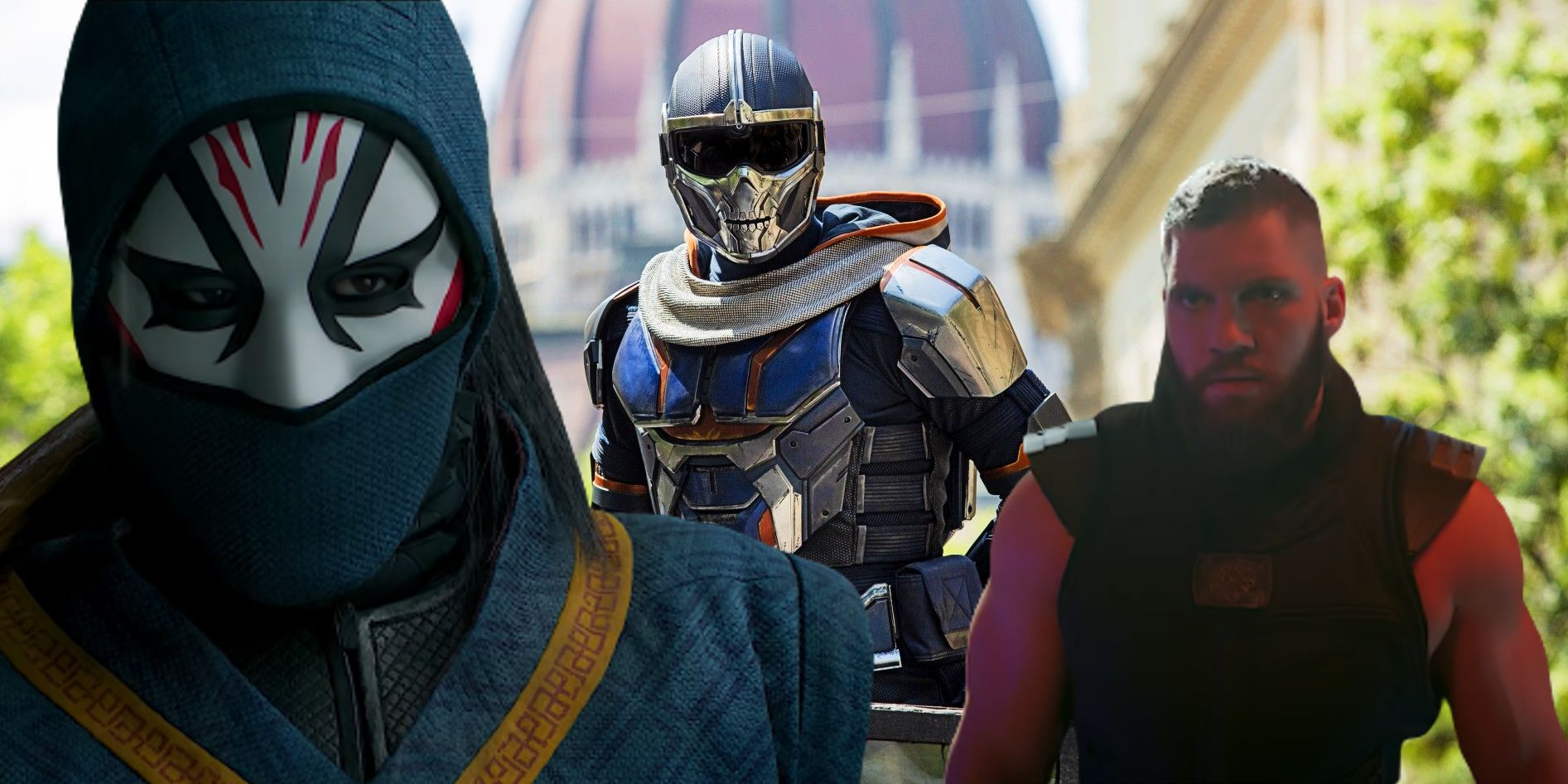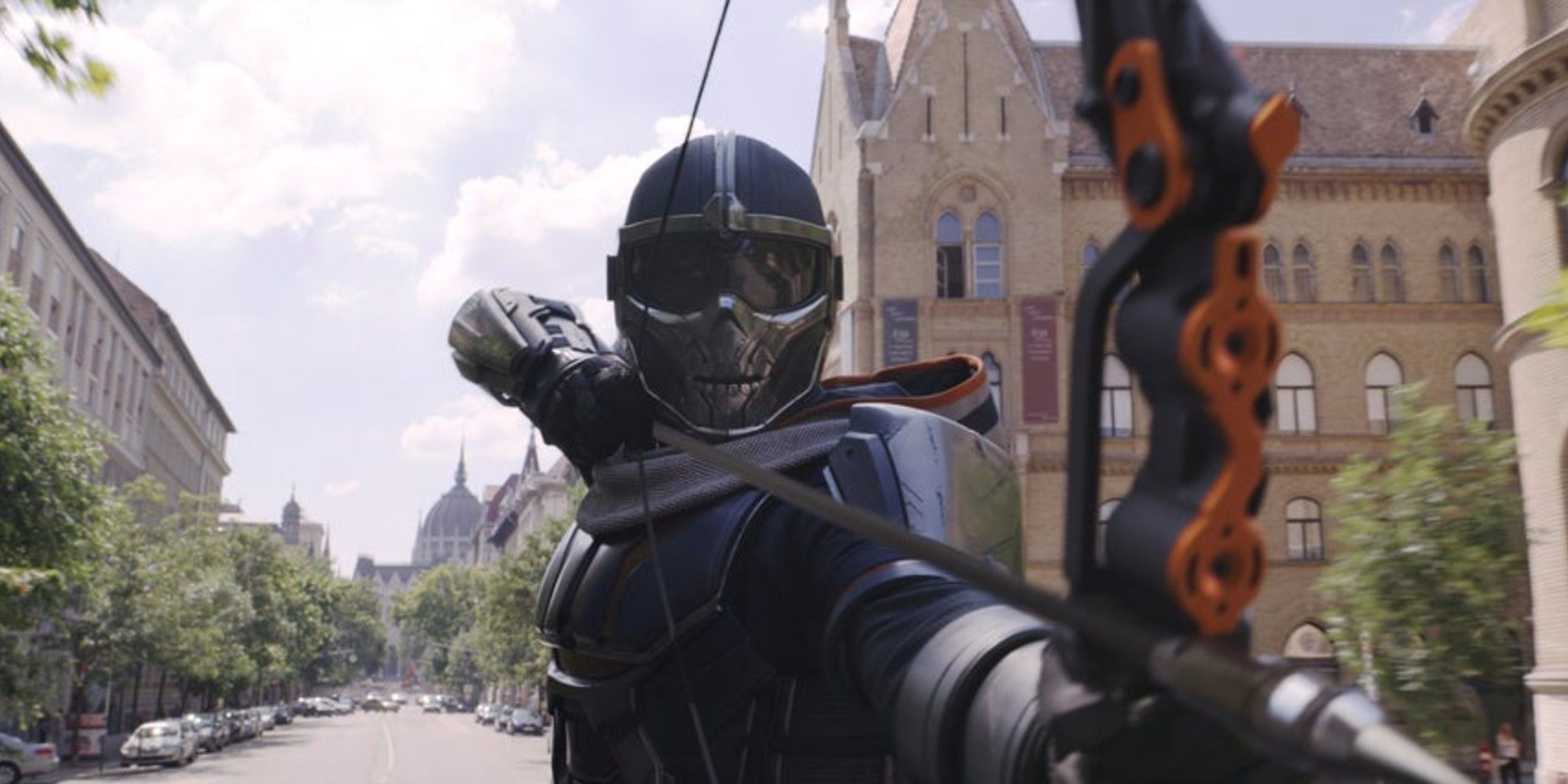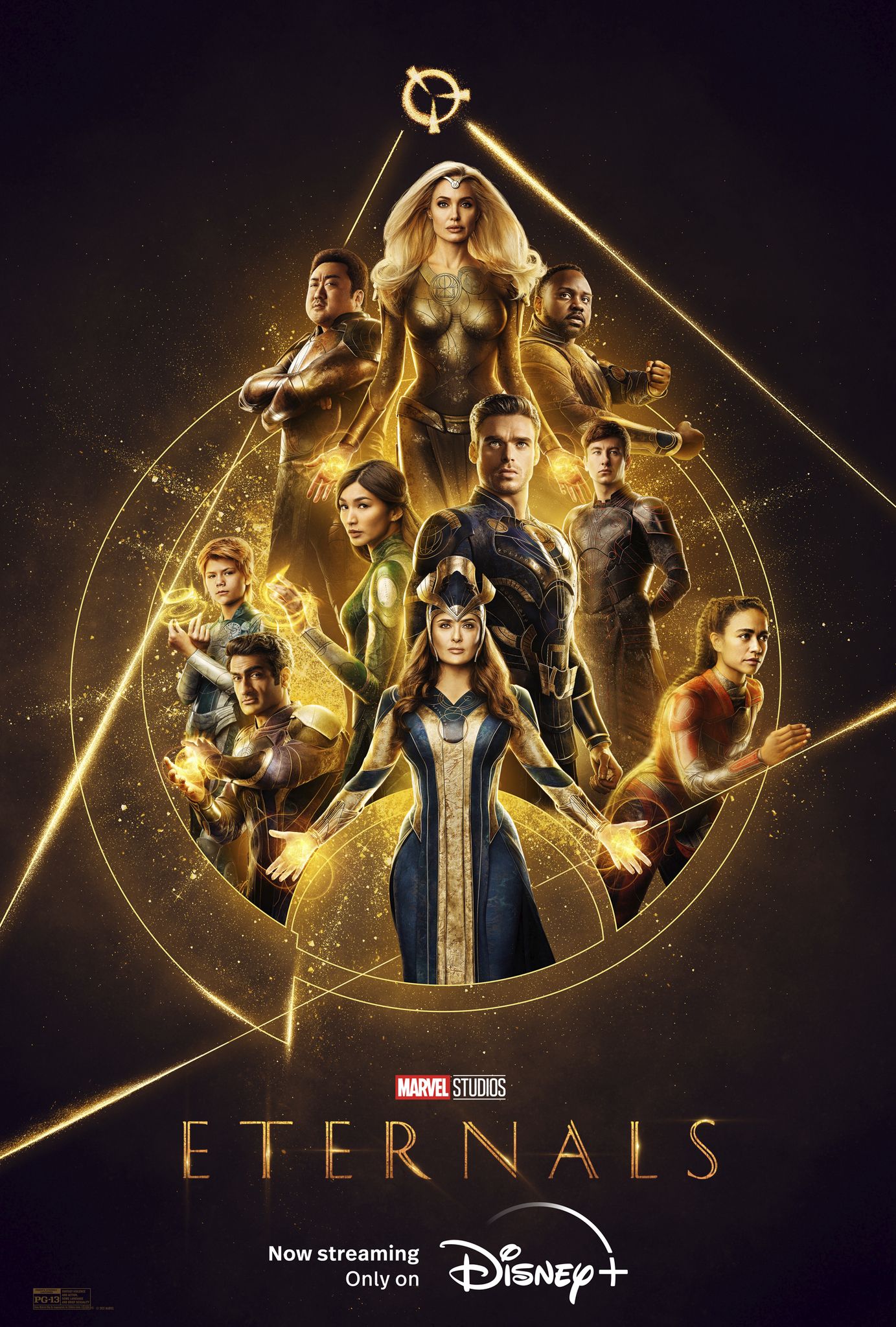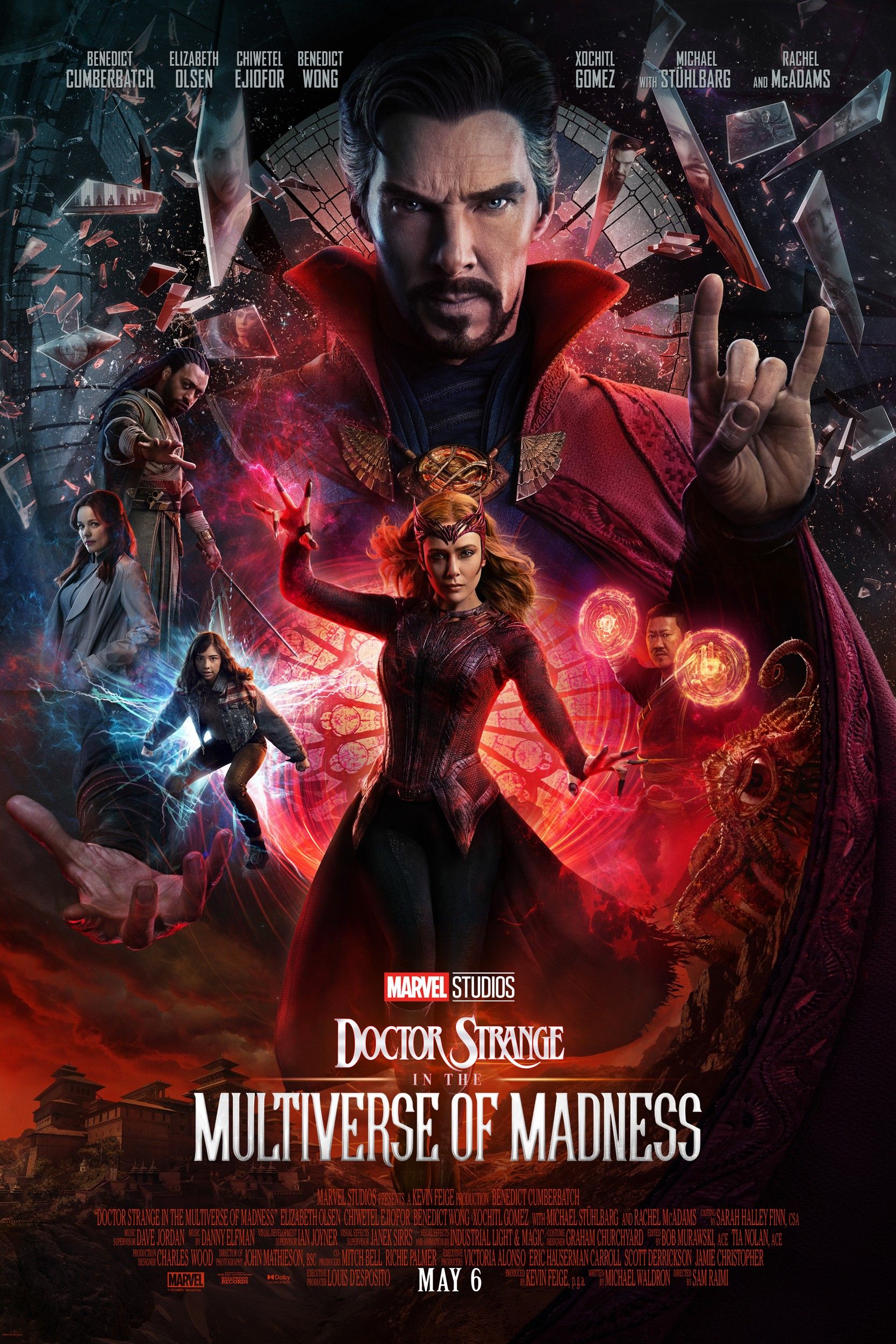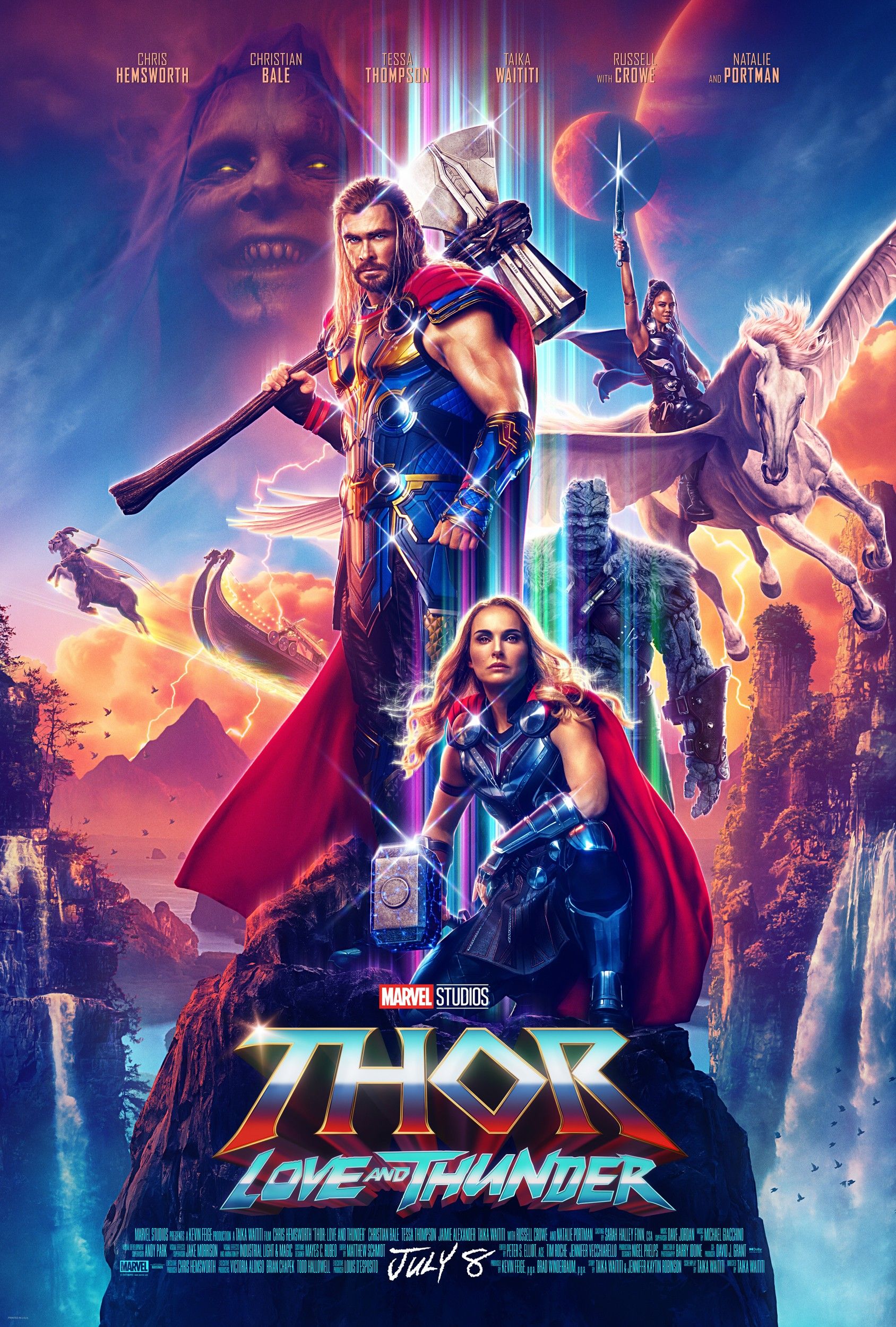Warning! Spoilers ahead for Shang-Chi and the Legend of Ten Rings.
The trailers and marketing for Shang-Chi and the Legend of the Ten Rings featured villains Razor Fist and Death Dealer prominently, however similarly to Taskmaster in Black Widow, their overall impact on the story was not significant. In Shang-Chi, Death Dealer is a masked warrior of the Ten Rings who helped to train the Master of Kung Fu, while Razor Fist’s retractable blade (in lieu of his right forearm) is strong enough to cut a bus in half. Both can hold their own in combat against Shang-Chi, first speeding through the streets of San Fransisco (Razor Fist), and then in a Macau skyscraper (Death Dealer).
Once Shang-Chi’s father Wenwu (Tony Leung) returns in the middle of the second act though, these two villains are reduced almost immediately to background extras with little to do. In the finale, Razor Fist becomes just another fighter in the battle. Meanwhile, Death Dealer is quickly killed by a Soul Eater; Shang-Chi isn’t even aware of his fate at the time as he’s battling his father and the extra-dimensional Dweller-in-Darkness.
Wenwu is positioned in the marketing as the main antagonist (which he is), but the trailer also raises up Razor Fist and Death Dealer to be (as Wenwu states over lingering shots of both warriors) “the most dangerous people in the world.” It’s a bold statement to make when the world in question is home to such a variety of MCU villains and sets audience expectations high that these characters will play a vital part in the story (which they don’t). Black Widow’s marketing likewise took Taskmaster (a masked mercenary able to mimic the flighting styles of his opponents), featured the character prominently, only to then waste their potential. While the film includes Taskmaster's defining trait, little else from the comics is used, with the film creating a new character within the shell of the Marvel villain, and then pushing them into the background.
From a marketing perspective, the rationale for increasing the prominence of these characters ahead of the release is clear. They have cool designs that help the movie stand out from the competition in the marketplace, while simultaneously maintaining the feel of an MCU movie (e.g. Taskmaster echoing Winter Soldier’s relentless assassin). Comic book fans familiar with their backstories then create hype for their big-screen appearance. This false narrative however runs the risk of leaving fans disappointed that the movie tells a different story than what they were promised.
Trailers are an art form in their own right, with the best managing to convey the tone and feel of a film without giving away all the surprises. This is often contrary though to a marketing company’s brief from the studio to sell a movie to a general audience. Key images and action set pieces are often shown in order to generate buzz (Black Widow's trailer was no different by including the finale’s sky-diving-around-falling-debris money shot). Conversely, the trailers for Shang-Chi don’t include the Dweller-in-Darkness or even reference it; the restraint in holding back his appearance from the marketing material is admirable. Therefore while Shang-Chi and the Legend of the Ten Rings repeated Black Widow’s marketing strategy in terms of its secondary villain(s), by positioning them more prominently the film was at least able to retain some of its mystery ahead of its release.

